Affiliate links on Android Authority may earn us a commission. Learn more.
Crouton: Turn your Chromebook into far more than a "glorified web browser"
Published onJanuary 13, 2016
Chromebooks have drastically changed the landscape of computing since their official release in May 2011. At the time many scoffed at the idea of both applications and user data residing in the cloud, as the use of web apps and cloud storage had not yet become an integral part of our daily experience. However, despite all of the criticisms laid on Chrome OS, the operating system has become very successful, so much so that it has influenced trends in both how we use computers and how its competitors have adapted their product line up.
Chromebooks gave people something they were never sure they really wanted, something that competitors did not offer at the time: an inexpensive, hassle-free, relatively capable, and lightweight computing experience that cuts out all but the most essential features. In 2011 most laptops less than $600 were slow and janky. In 2015 this paradigm has completely changed; you can even get a cheap Windows laptop that runs fairly well now.
Chromebooks gave people something they were never sure they really wanted: an inexpensive, hassle-free, relatively capable, and lightweight computing experience
Although Chromebooks are quite popular, significant misperceptions still surround Chrome OS that prevent both current and potential users from taking full advantage of what the platform has to offer. Since the release of the first Chromebook, I have seen reviewer after reviewer conclude every evaluation of a Chrome OS powered device with some iteration of the following sentence: “Sure, Chromebook X is great for casual computing, but I could never actually use it for an entire day of real work.”
Chrome OS is seen as a platform that is only suitable for casual computing and light productivity. This could not be further from the truth, and is a shame, as we are completely missing out on the greatest feature that underlies all Chrome OS powered devices: Deep within the heart of every Chromebook lies the most flexible and capable software platform on the face of the planet, Linux.
Chrome OS, like Android, is essentially a distribution of Linux. Some of you may already know that it is possible to dual boot between Linux and Android on the same device, though it requires one to be a Linux wizard (in most cases). However, unlike Android, Chrome OS is far less divorced from a traditional Linux distribution such as Ubuntu. Thus, with a hop, skip, and a simple little tool called Crouton, you can quickly set up Chrome OS to run alongside a desktop class version of Linux with all the capabilities and joys of a software stack that can do “real work”.
This isn’t just dual boot style set up either; with a keyboard shortcut you can literally flip between both platforms on the fly, no reboot required, as smoothly as you would switch between multiple virtual desktops on Windows or OSX. Essentially you can turn a Chromebook into the most flexible computer you’ll ever own: Chrome OS for watching videos and doing lighter work, and desktop Linux for heavier lifting. Excited yet?
Preparation
To start it is recommended that you back up your data. This is quite simple on a Chromebook; navigate to your ‘Download’ folder and make sure there is nothing inside that you want to keep, as the folder is not synced to Google’s servers. Although Crouton will not wipe Chrome OS or interfere with the operating system it is advisable, though not required, to create a restore image of Chrome OS. Install the Chromebook Recovery Utility in the Chrome Web Store and follow the instructions within the app to create a recovery drive; all you need is an internet connection and a USB drive with at least 4GB of space.
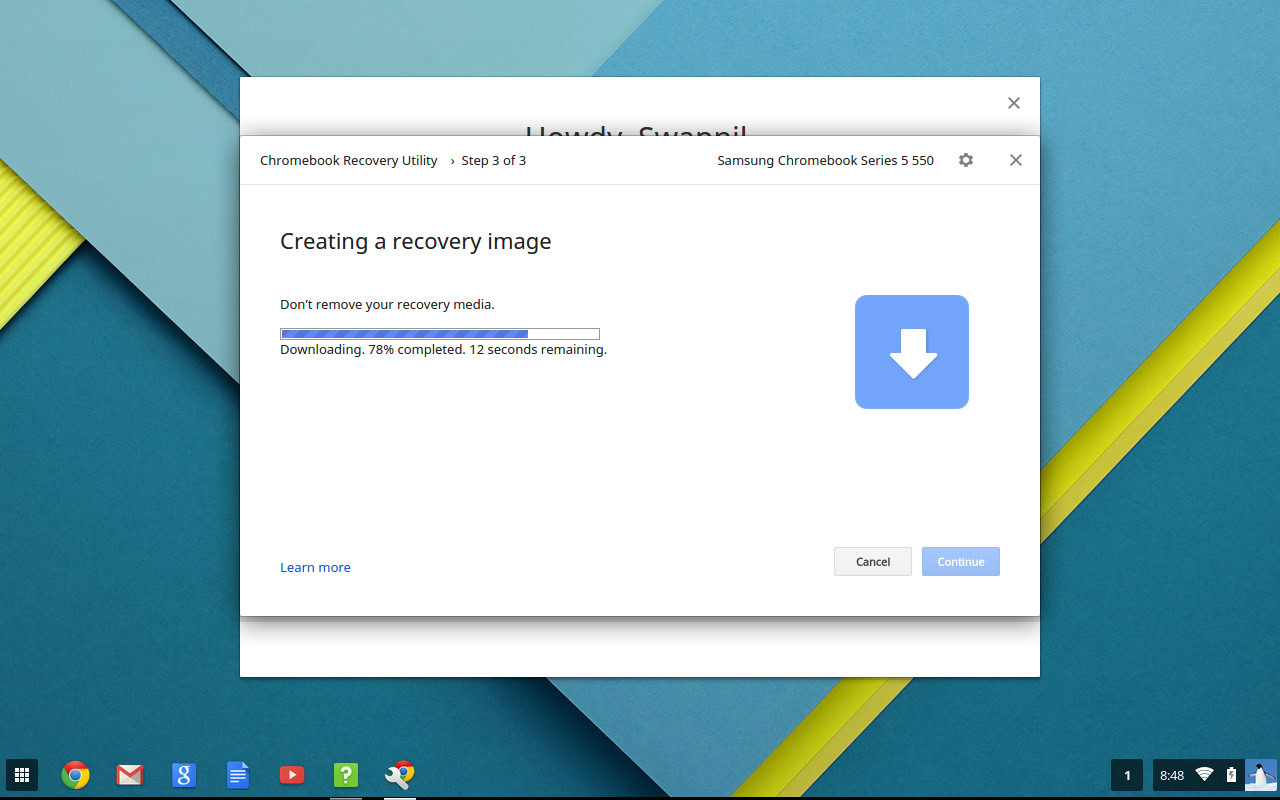
Next we need to enable developer mode on your Chromebook. To do this simply hold the Esc + Refresh keys and push the power button. A recovery screen will appear with a slightly intimidating warning that enabling developer mode will wipe your data, however, since you have already backed up our “Download” folder ignore it and proceed. The process will take about 15 minutes. You will continue to see this warning when you reboot your Chromebook though nothing will be wiped, press Ctrl+d to skip it.
Install Crouton
Crouton is an open source project, like Chrome OS, that can be found on GitHub. To start, head to the GitHub page of Crouton. I suggest reading through this page to get important but non-essential background information regarding the project from the development team (beware, hilarious nerd jokes within). After that you can download the latest installation script here. Once it is finished downloading I highly recommend installing the “crouton integration” extension found in the Chrome Web Store.
Step 1
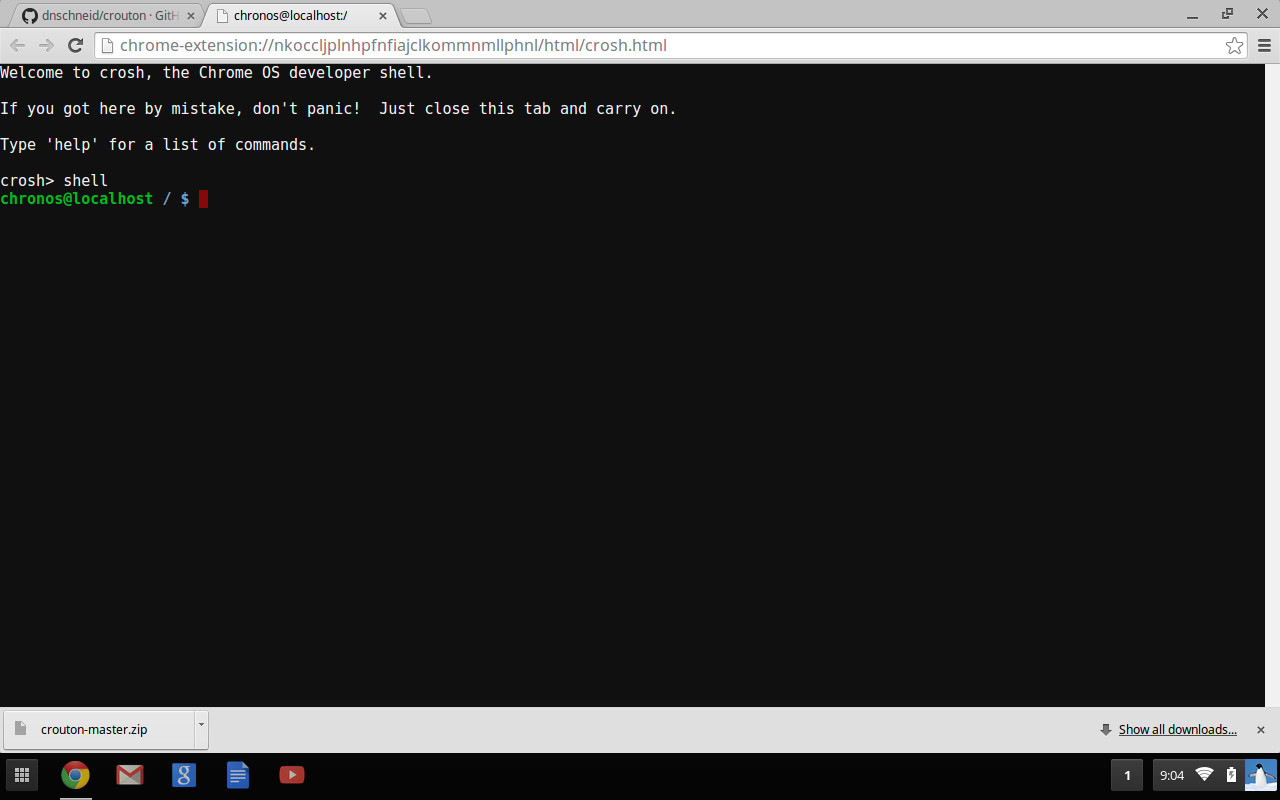
shell
and hit enter.
Step 2
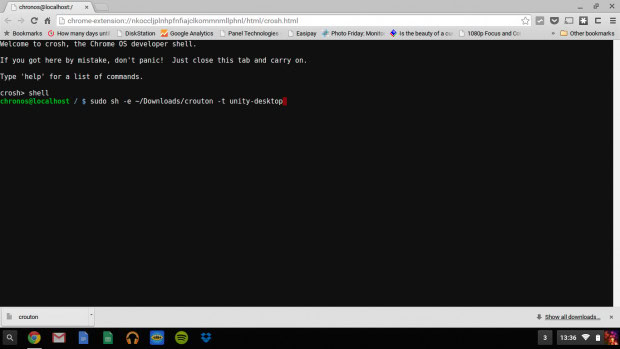
sudo sh ~/Downloads/crouton -t unity
and hit enter.
This will install Ubuntu with the Unity desktop environment. For those who are unfamiliar with Linux, Ubuntu is a Linux distribution, as are Android and Chrome OS. The desktop environment is the graphical user interface you will interact with that runs on top of the Ubuntu distribution. Think of it as a manufacturer skin. TouchWiz is Android but its behavior and features are different than stock Android. Unity is the default “stock” desktop environment of Ubuntu. I recommend using Unity if you are completely new to Linux, however, if you do not have a modern Chromebook with an x86 (Intel) chipset I would not recommend running Unity.
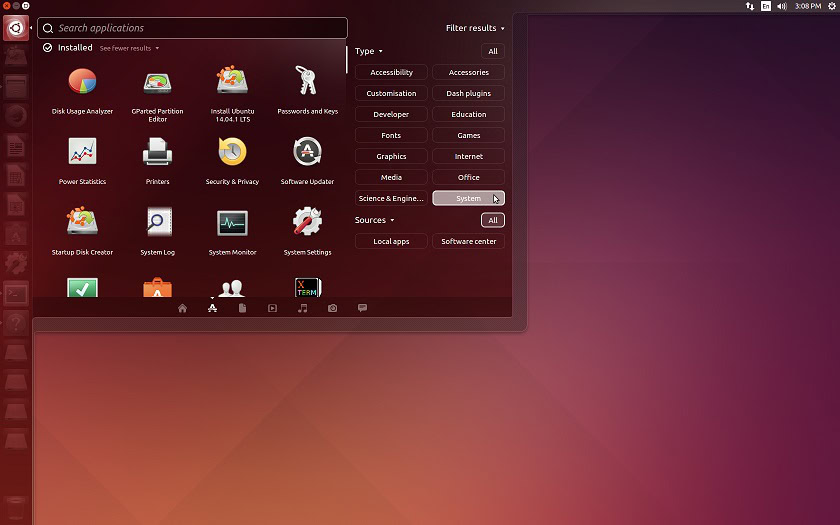
Out of the box Crouton offers Unity, KDE, and Xfce. Xfce is by far the lightest of the three if you want a stripped down user interface that is very speedy, though it is far from pretty and harder to use if you are not familiar with Linux. KDE is somewhere in the middle; it is much easier on the eyes than Xfce but also is not as user friendly as Unity, which is the heaviest of the bunch but is the best for new users and looks really nice. To use another desktop environment swap “unity” from the above script with either “kde” or “xfce”, for example:
sudo sh ~/Downloads/crouton -t kde
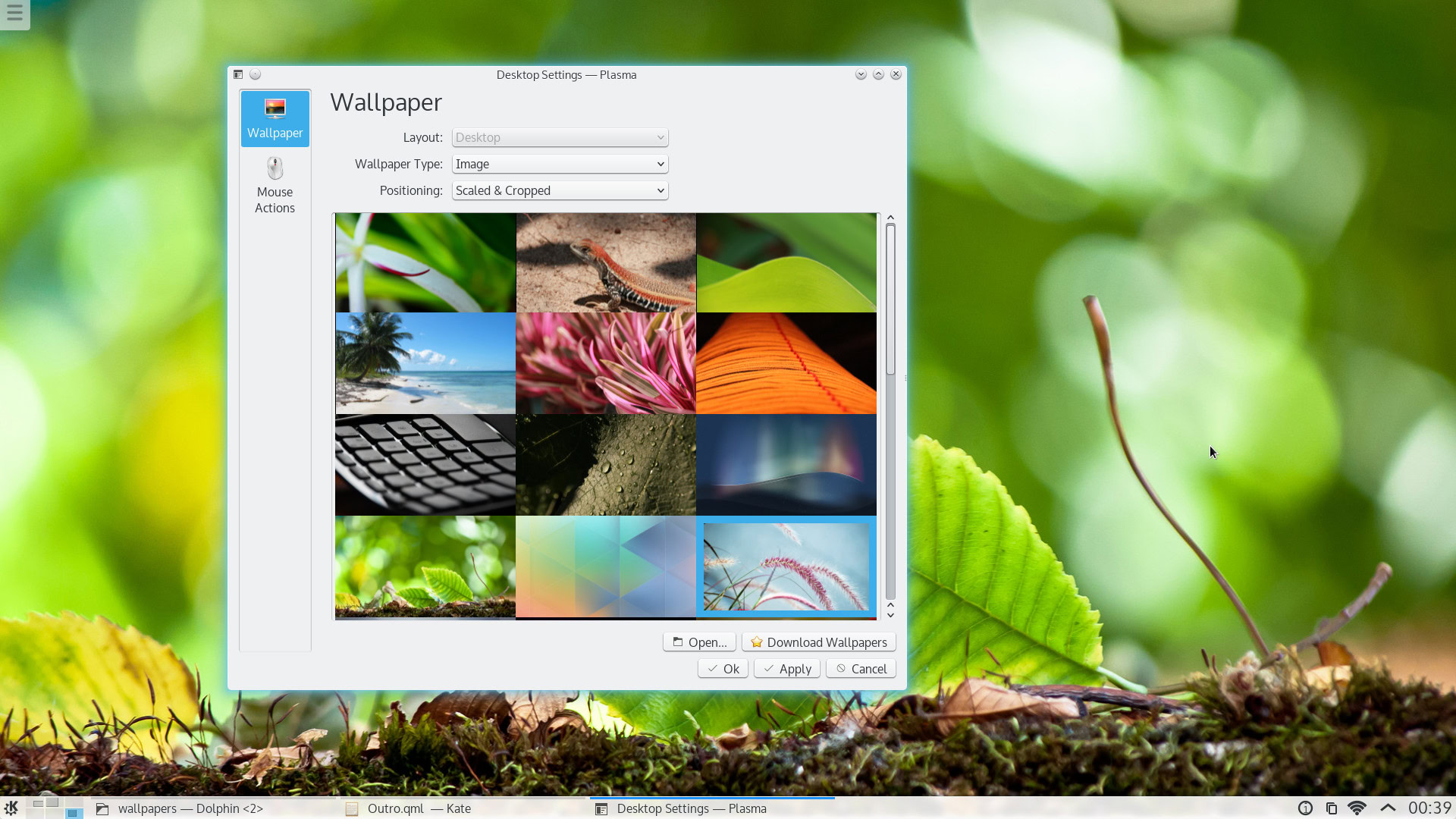
If you are installing Crouton on a Chromebook with a touchscreen add the “touch” parameter to the previous command, example:
sudo sh ~/Downloads/crouton -t touch,unity
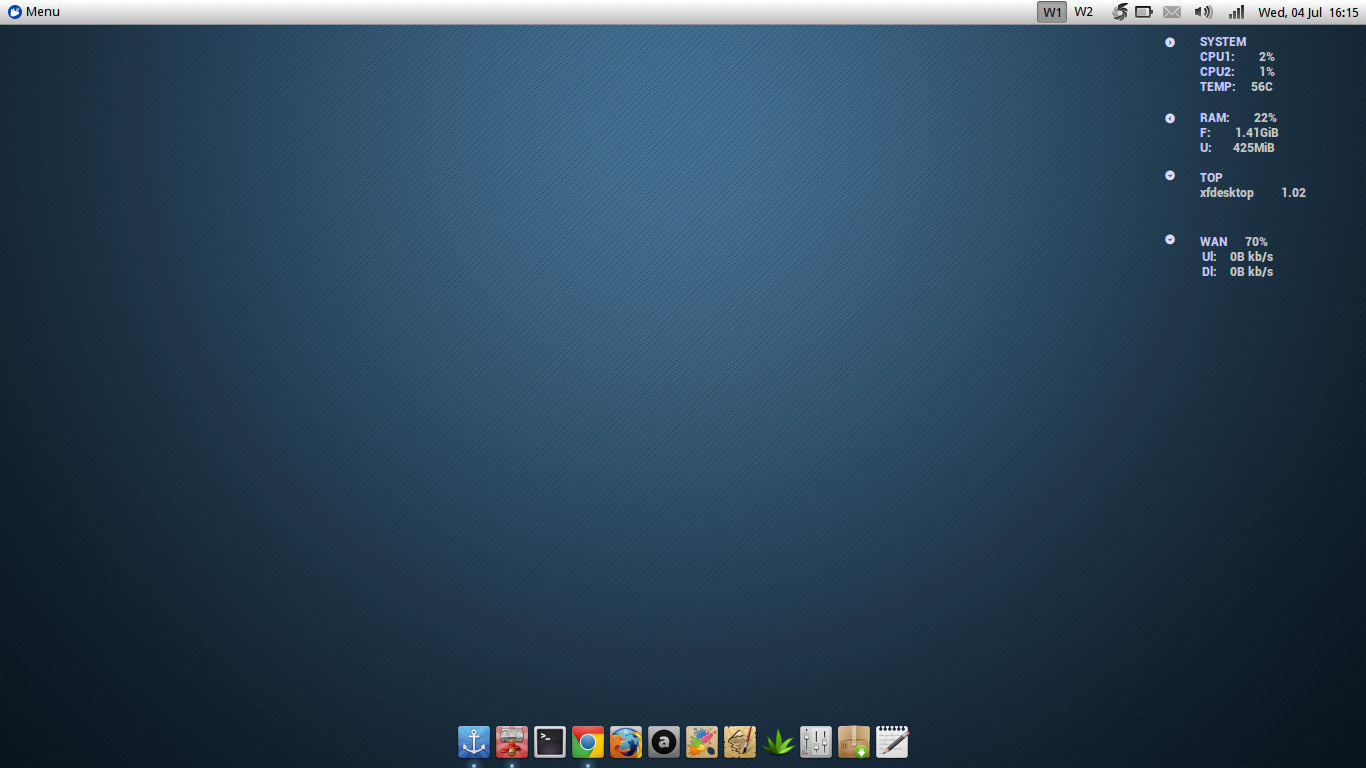
Step 3
The previous command you entered will download and install Ubuntu from the internet, so depending on your internet speeds it may take a while (15 to 25 minutes). After installation Crouton will prompt you for a user name and password.
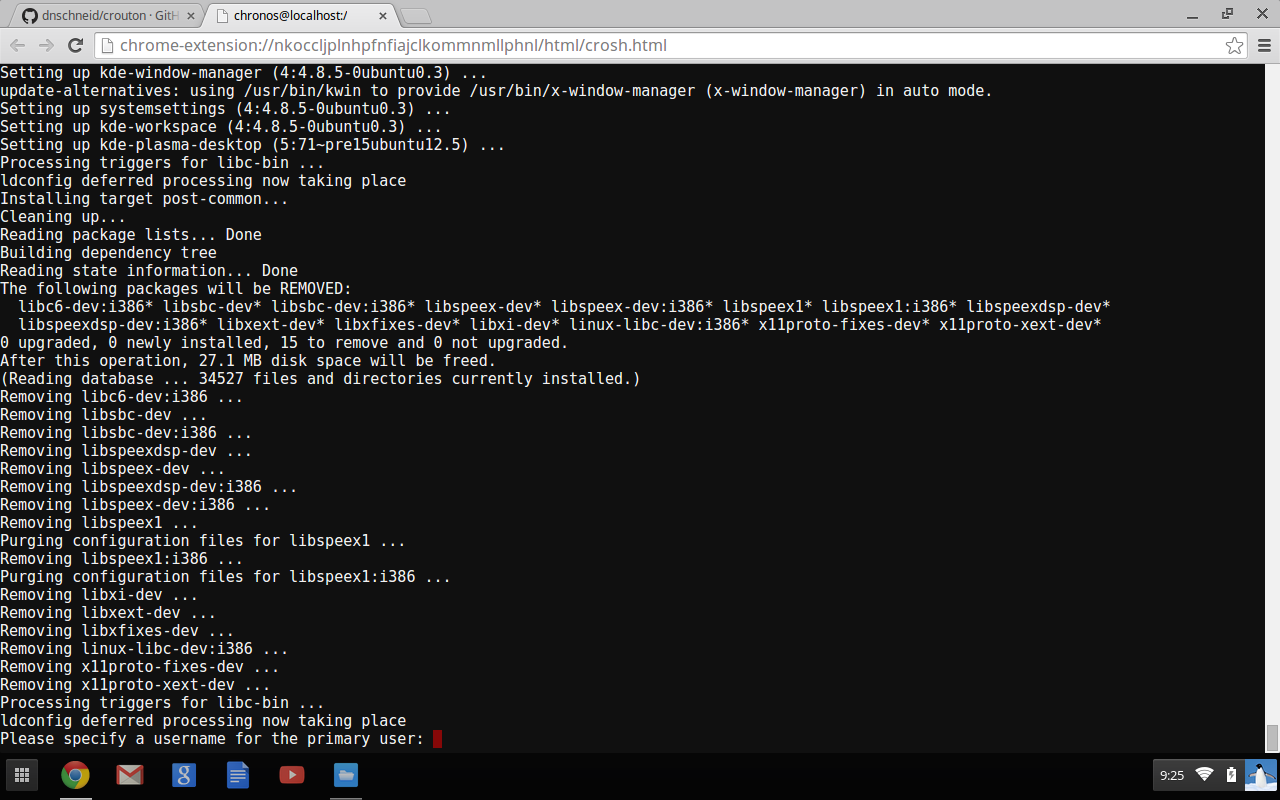
Now that Ubuntu is installed and your user profile is set up, open the terminal and type:
sudo startunity
and hit enter to launch Ubuntu. If you are running KDE or Xfce replace “startunity” in the previous command with “startkde” or “startxfce4”. Once you launch Ubuntu you will be greeted by your desktop environment’s splash screen and greeter.
To switch back to Chrome OS on the fly simply hit Alt+Ctrl+Shift+Back. To flip to Ubuntu hit Alt+Ctrl+Shift+Forward.
Conclusion
Congratulations! You now have a very capable operating system installed on your Chromebook. Video/photo editing, coding, web development, audio production, advanced file management, and office work are only a shortcut away. You can also perform these tasks while offline, unlike Chrome OS, which requires a constant internet connection to be truly effective (though there are a growing number of offline apps even with Chrome OS).
The moral of the story is: certain operating systems are suitable for specific tasks. Chrome OS is by far the best platform for casual computing, while Linux has all the tools a professional could ever need. By installing Ubuntu on your Chromebook you get the best of both worlds and have transformed a relatively inexpensive laptop into a very capable and flexible piece of hardware.
It is important to note that, while the aforementioned tasks require far less capable hardware on Linux than competing platforms, I highly recommend installing Linux on a Chromebook with at least 4 GB of RAM, 32 GB of storage, and an Intel CPU (preferably a Core i3 or better) for the best overall experience. Any Chromebook users out there? Do you utilize the power of Linux, or is Chrome OS alone more than enough to suite your needs?
*Post by Lucius Bossio